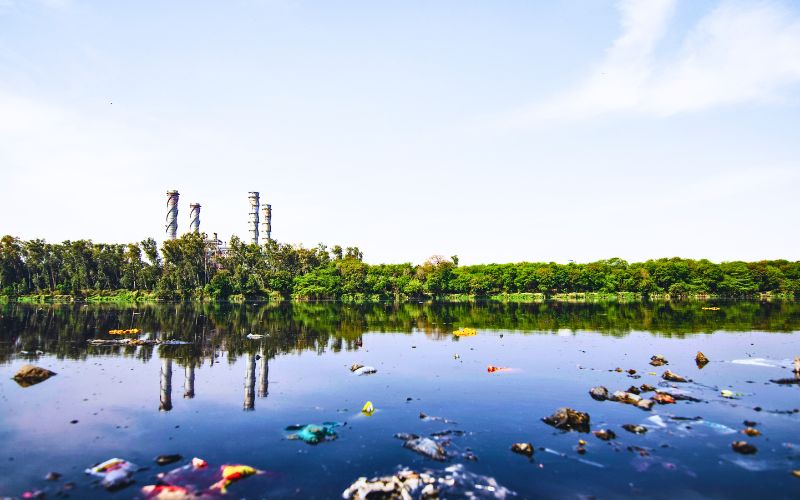AI improves urban water pollution prediction
An advanced machine learning system could help improve the accuracy and efficiency of sewer-river system modelling

Image: Yogendra Singh | Pexels
A recent study, ‘Machine learning parallel system for integrated process-model calibration and accuracy enhancement in sewer-river system’ published in Environmental Science and Ecotechnology (Volume 18, 2024) introduces an advanced machine learning system designed to improve the accuracy and efficiency of sewer-river system modelling. This innovative technique significantly reduces the time required for parameter calibration and enhances the precision of predictions regarding urban water pollution.
At the heart of this breakthrough research is the ingenious combination of two advanced technologies: ant colony optimisation (ACO) and long short-term memory (LSTM) networks, integrated into a machine learning parallel system (MLPS). ACO is inspired by the foraging behaviour of ants to find the most efficient paths, which are applied here to navigate through the complex parameter space of water models. Meanwhile, LSTM networks, a type of recurrent neural network, excel at recognising patterns in sequential data, making them ideal for understanding the temporal dynamics of pollutants in sewer-river systems. By marrying these technologies, the researchers have crafted an MLPS capable of performing rapid and precise calibrations of sewer-river models. Traditional methods, often cumbersome and time-consuming, can't match the efficiency or accuracy of this new approach. Specifically, the MLPS drastically reduces calibration times from potentially months to just a few days without sacrificing the model's ability to predict pollution levels accurately.
Key points of the research include building a model calibration method with model surrogation and algorithm optimisation. Process-based models and machine learning interact in a unique way and the optimisation time of the integrated process-based model could be saved by 89.94 per cent. Lastly, impaired data can improve the accuracy of complex models.
Dr Yu Tian, lead author of the study, states: "The integration of ACO and LSTM algorithms into our machine learning parallel system represents a significant leap forward in environmental management. It allows for rapid, accurate model calibration with limited data, opening new avenues for urban water system planning and pollution control."
MLPS offers a robust solution for the accurate simulation of urban water quality, which is essential for effective environmental management. Its ability to quickly adapt to new data and scenarios makes it a valuable tool for urban planners and environmental scientists, facilitating the development of targeted pollution control strategies and sustainable water management practices.